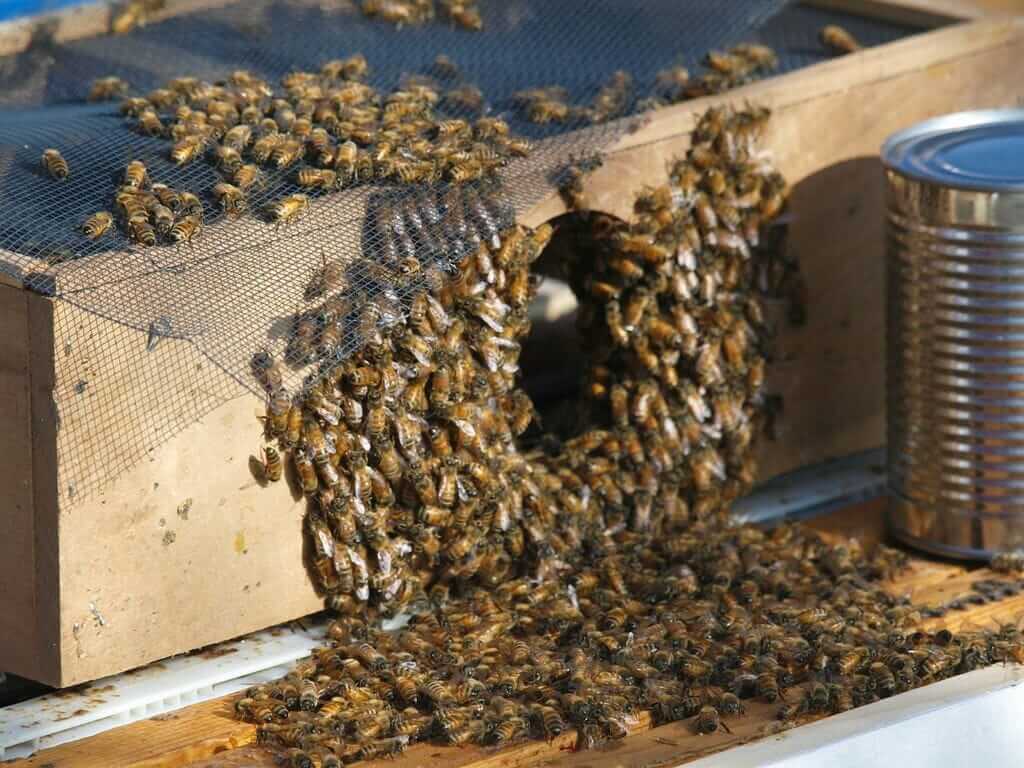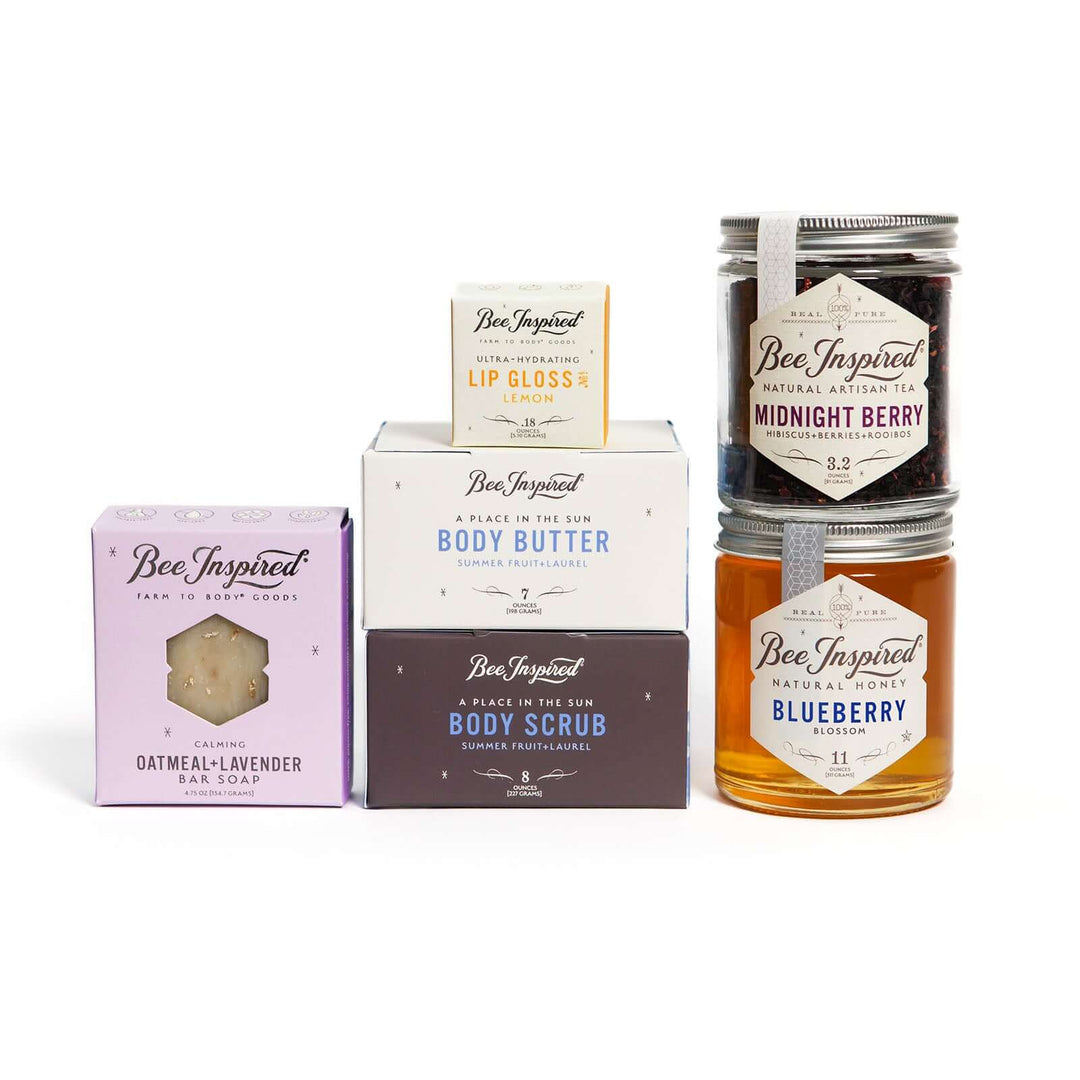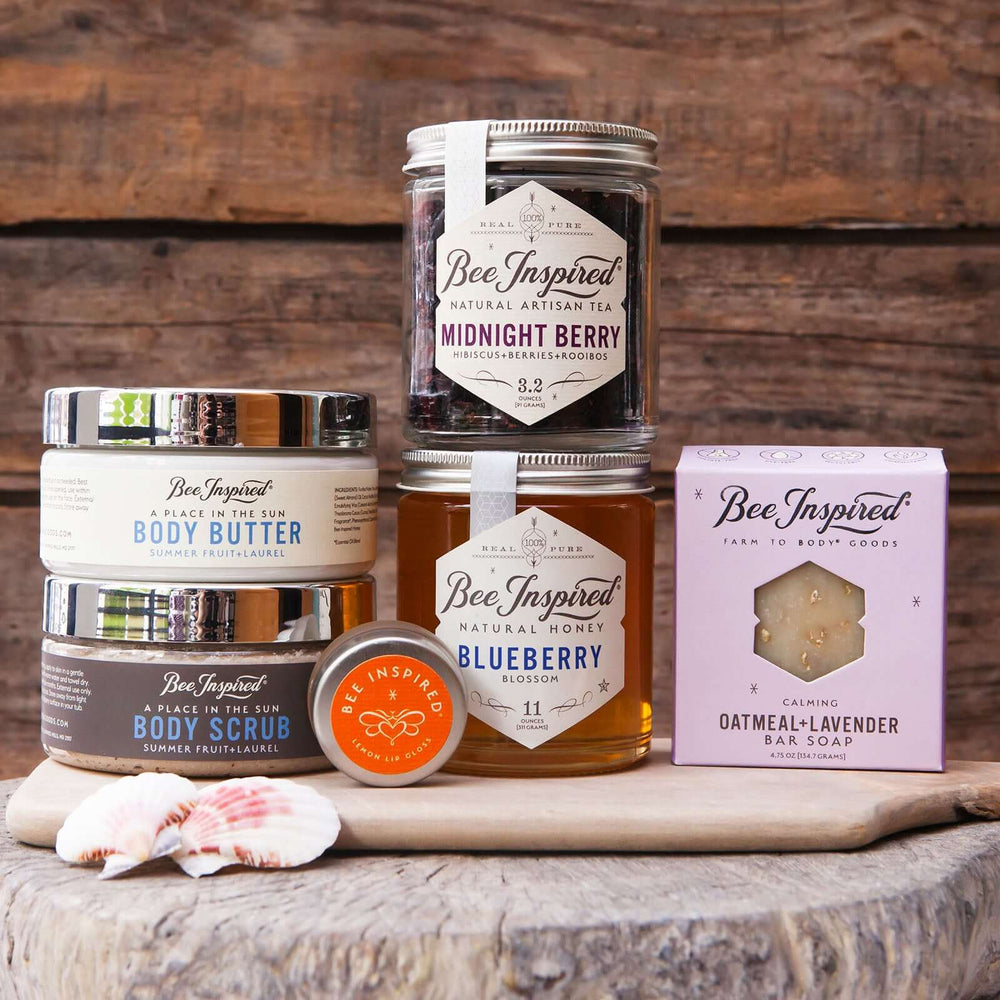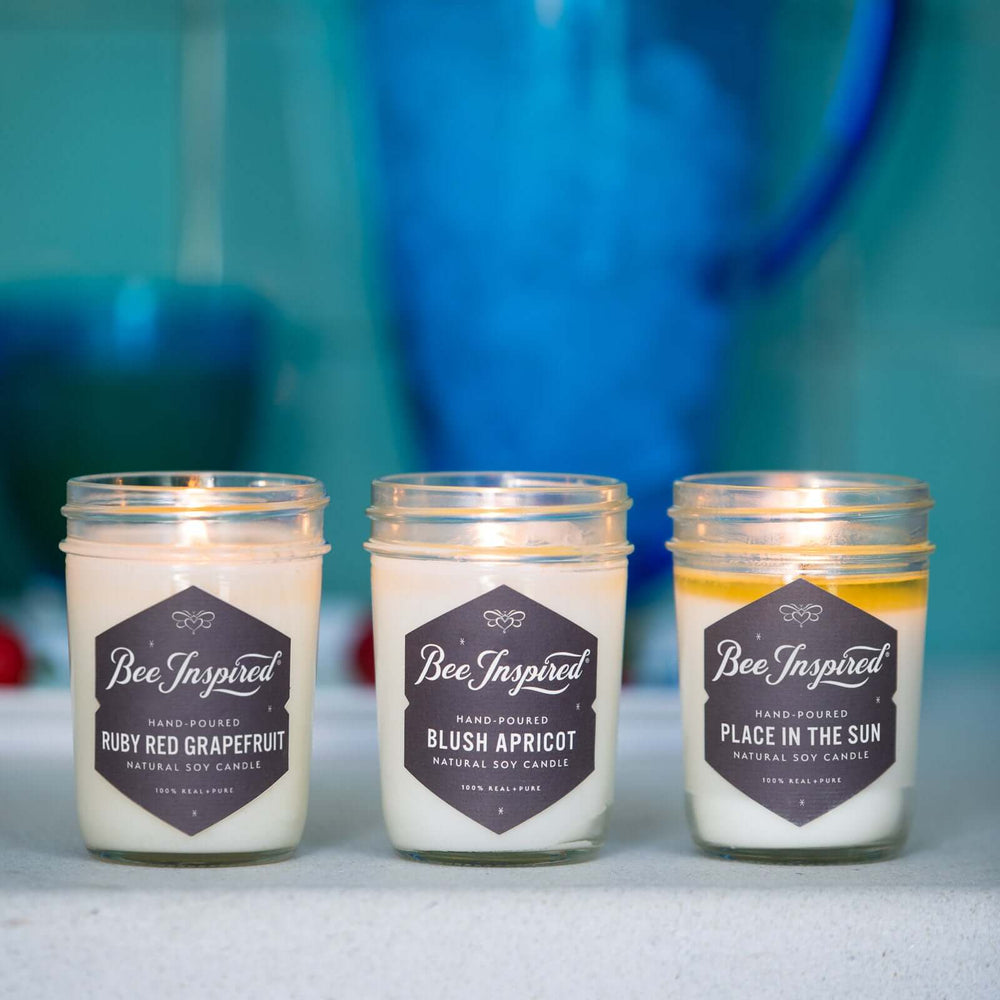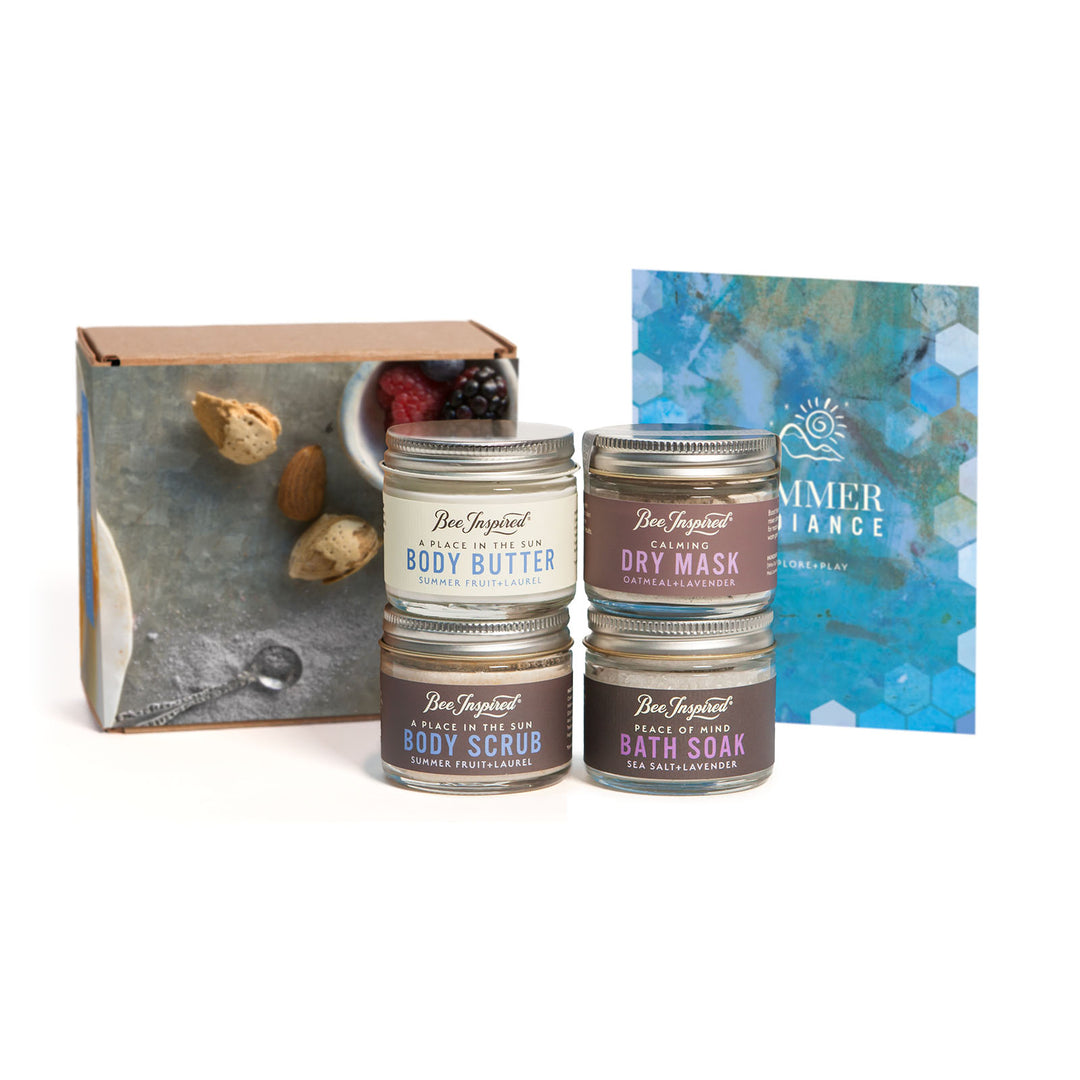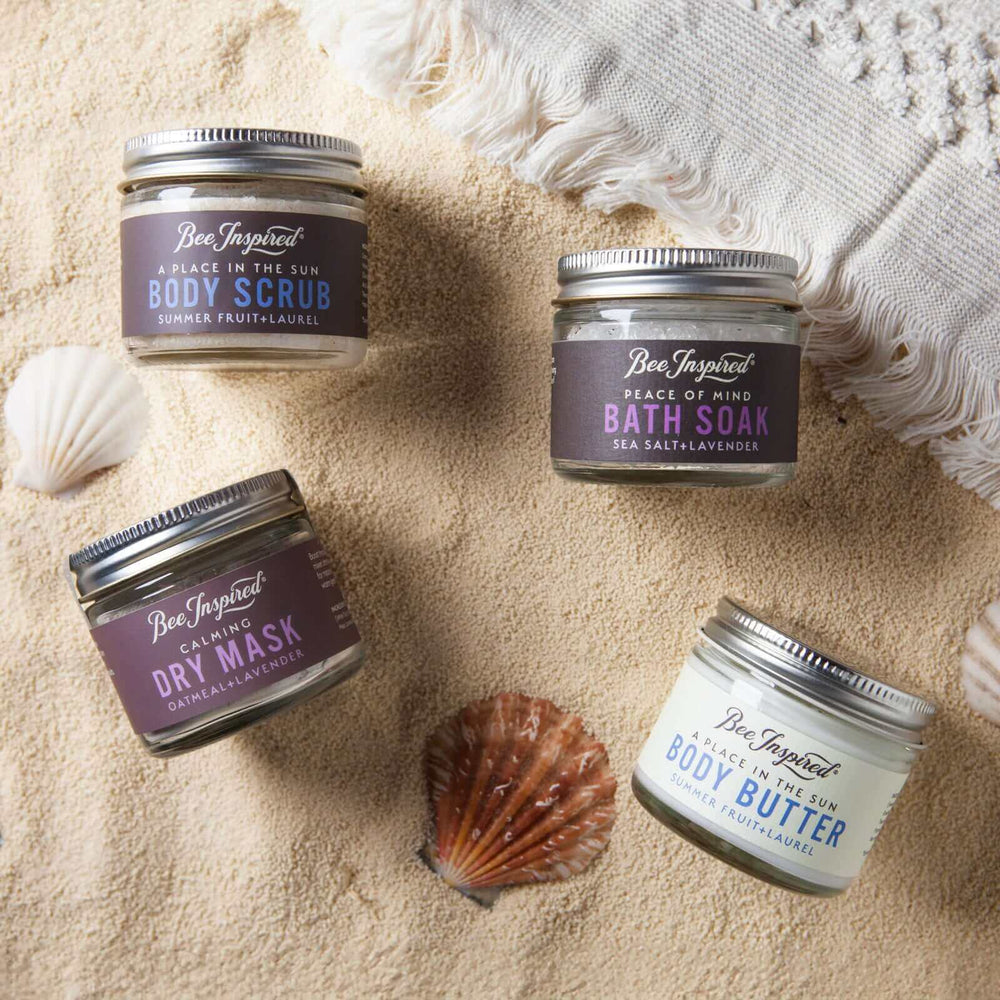I’ve been very fortunate with my first-year hives. I had my first honey harvest at the end of June, only three months after installing them, four months ahead of schedule. The flowering plants and trees on our farm include Pear, Apple, Lavender, Honeysuckle, Sage, Clover, Sunflower, Soy and lots of perennials. Our honey is mild, almost free of color and delicious.

Experiences vary from Beekeeper to Beekeeper.
These are my success factors with bees:
- I started with used, healthy hives with drawn comb
- I live on a pesticide-free farm
- I purchased my packaged bees from a reputable bee grower
- There are a great deal of high-pollen flowering plants and trees in the region that bloom from April to September
- The farm is situated on the Chesapeake Bay

Supplies for honey harvest:
- Hive Tool- assists in opening hive and removing frames
- Bee Brush- removes bees from frames
- Speed King Uncapping Knife- melts wax caps and exposes honey
- 9 Frame Power Radial- Electric centrifuge that spins honey out of frame (Note: hand spinners are very difficult to use)
- Multi-Use Straining System- Straining honey from the capped wax
- 5-Gallon Filtering System- Filtering the honey removing impurities
- Labels & Glass Containers- Honey packaging
- Folding Table- Makes removing the supers easier
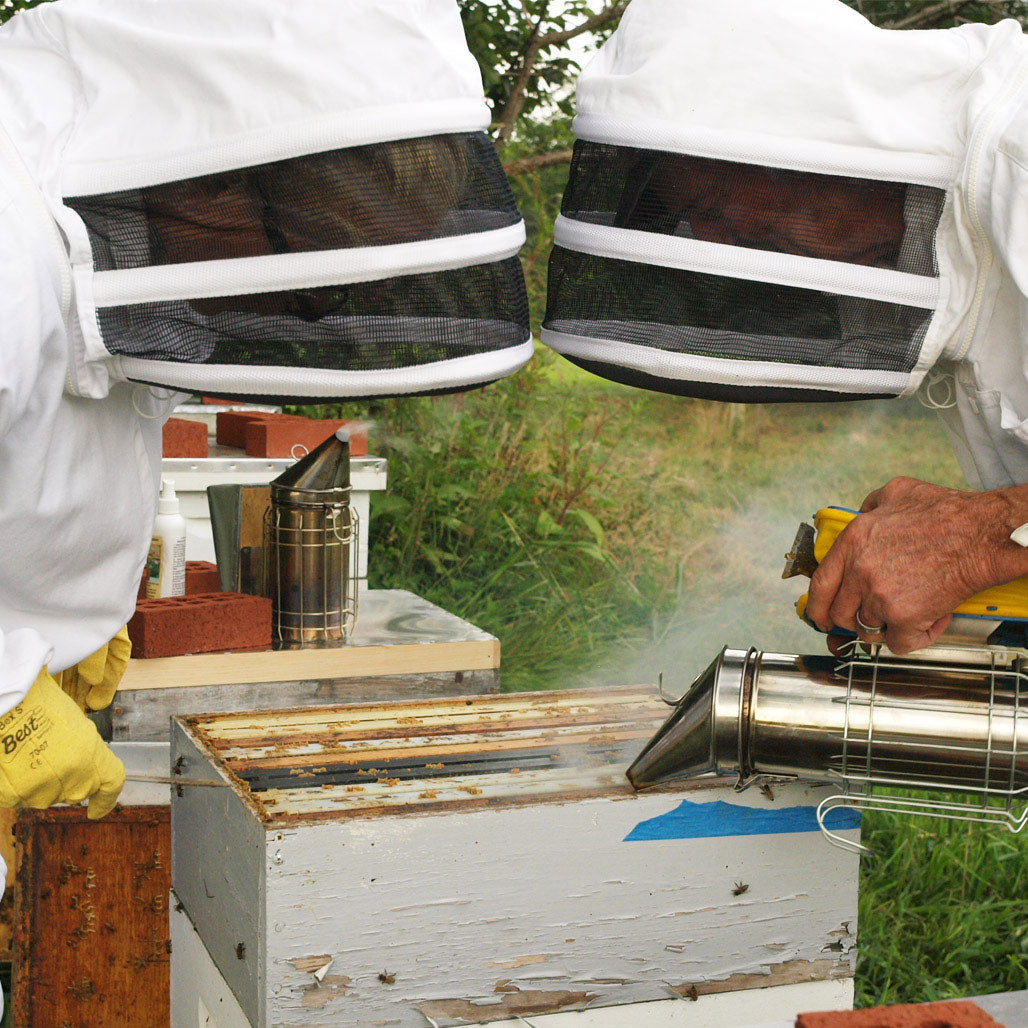
My mentor, master beekeeper Dale Large, arrived to remove the two top supers and replace them with previously used supers containing drawn comb. We brought the honey-filled supers to an air-tight room for processing. I had suggested using the garage for processing and Dale cautioned me against that idea. Bees usually find a way into garage doors. He explained that bees have a sense for their own honey, and if a few find you processing, it isn’t long before an angry swarm of 1000 bees appear.

Processing Honey
- Sterilize centrifuge, straining and filtering containers
- Cover floor with butcher paper
- Turn on capping knife and in a “sawing motion” remove the wax caps from each frame, the wax drops into the straining bucket. Let stand for 48 hours.
- Place frame in the centrifuge
- Spin centrifuge at slow speeds until frames equalize, increase speed when centrifuge stops “shaking”. Run approximately five minutes.
- Place filtering bucket under centrifuge and drain honey
- Let stand for 48 hours for full filtering before packaging.
Notes:
- Keep honey warm (outdoors) and protected until processing.
- Use the heat band on the centrifuge while honey is draining (set at 5)
- Filter honey at least 3 times using an 800, 400 and 200 strainer (provided with the filtering system mentioned in supply list)
- Honey will keep forever as long as it is stored above 50 degrees. Below 50 degrees it will crystallize, and turn to sugar.

Our new Sunflower Honey is delightfully sweet with earthy undertones - perfect for drizzling on baked goods and blending into smoothies!
Related Links:
Photos of my first Honey Harvest
Next blog post I'll share Dale's thoughts on Nucleus "nuc" Colonies as the bee operation grows.




